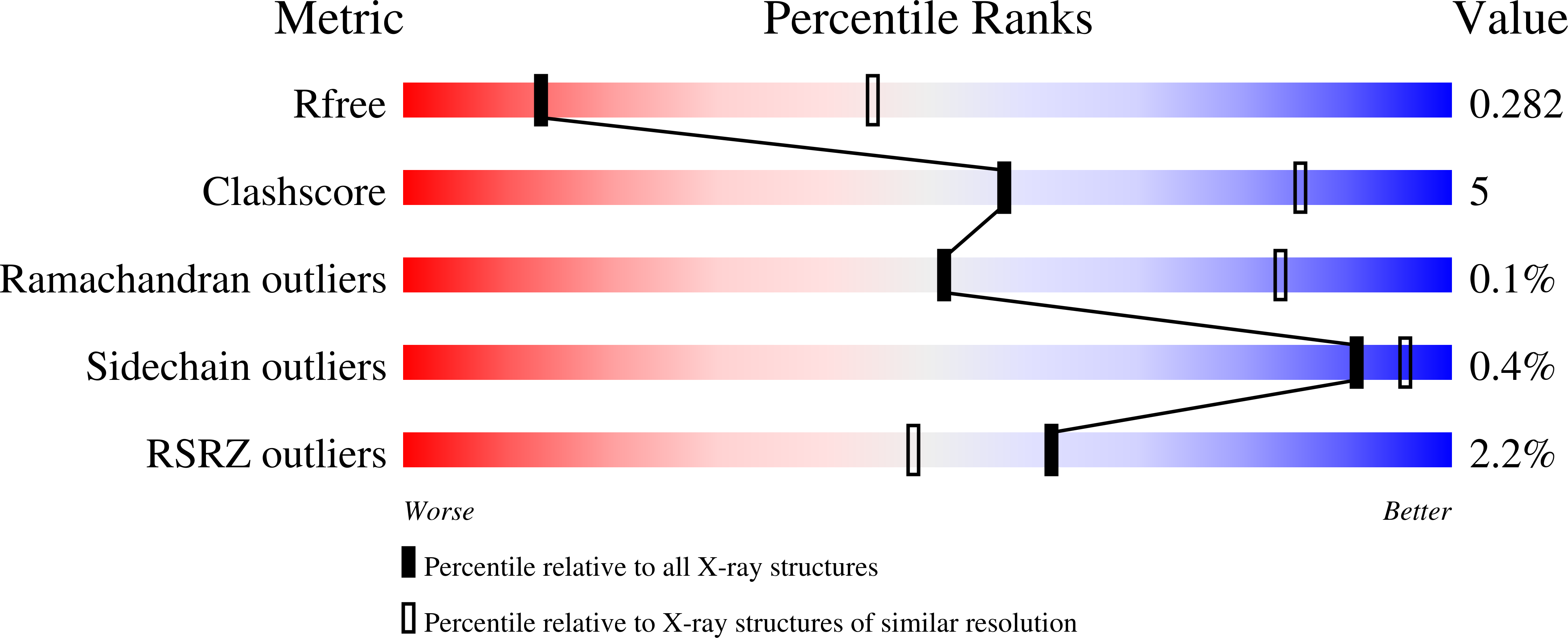
Deposition Date
2021-03-27
Release Date
2021-04-28
Last Version Date
2024-05-22
Entry Detail
Biological Source:
Source Organism:
Legionella pneumophila subsp. pneumophila (Taxon ID: 446)
Host Organism:
Method Details:
Experimental Method:
Resolution:
3.20 Å
R-Value Free:
0.28
R-Value Work:
0.23
R-Value Observed:
0.24
Space Group:
C 2 2 21


